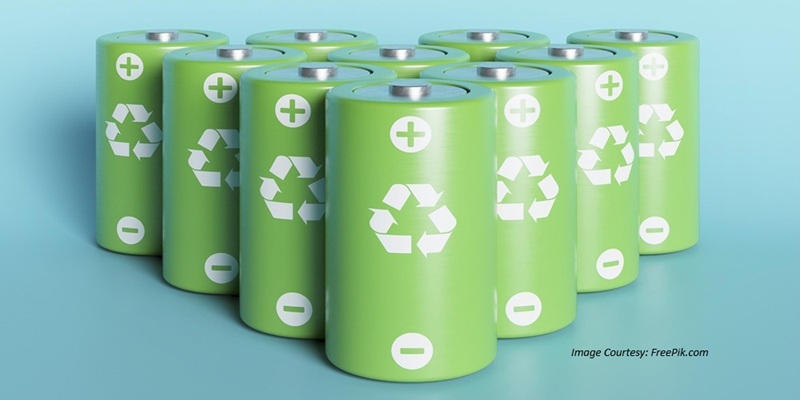Schedule a Call Back
How to prevent water damage in new home construction
 Articles
Articles- Apr 29,22
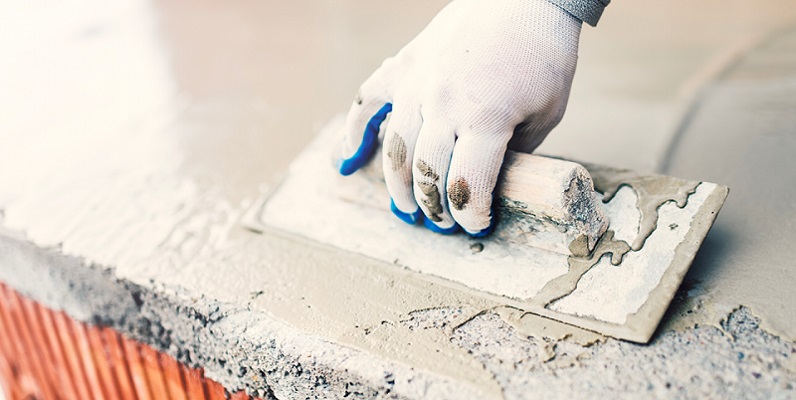
- Sloping structures, like balconies, to prevent water pooling
- Using flashings to protect areas like window and door openings, fixture penetrations and wall intersections
- Priming materials and sealing as necessary for waterproofing
- Installing tarps, enclosures and other forms of temporary water protection
Related Stories
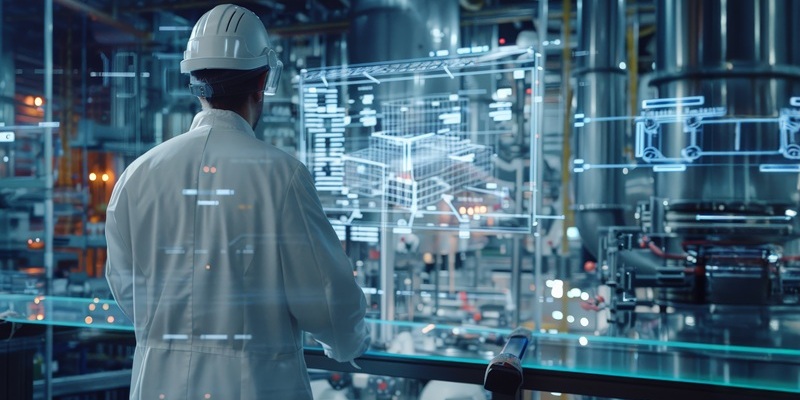
6 Nonnegotiable requirements for your smart factory transformation
The smart tech world is seemingly never-ending, but a few essential staples create an unshakable foundation. Here, Emily Newton suggests six essential ingredients for a transformation to smart facto..
Read more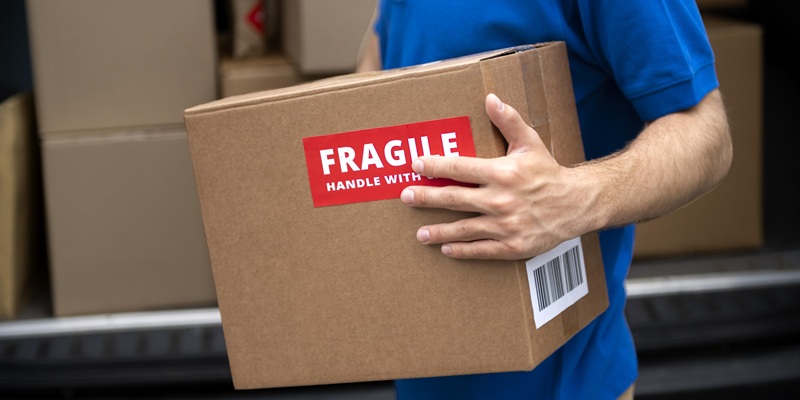
Three Vibration-Control Innovations Saving Drivers and Shipments
In this article, Emily Newton discusses some of the latest innovations to improve vibration control and protect packages during transportation.
Read more
Unique capabilities of edge computing in IoT
IoT edge computing projects allow people to benefit from advantages associated with both technologies, letting them tap into many unique capabilities, says Emily Newton.
Read moreRelated Products
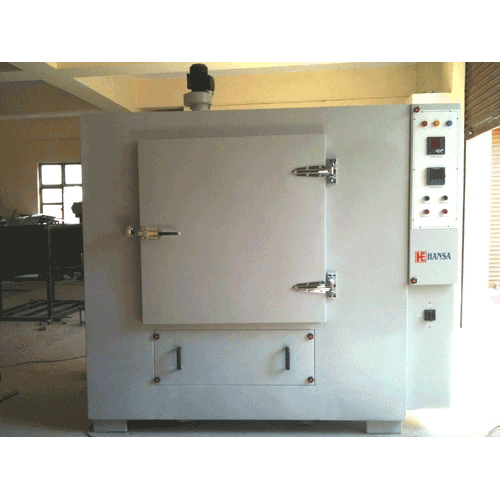
Heavy Industrial Ovens
Hansa Enterprises offers a wide range of heavy industrial ovens.
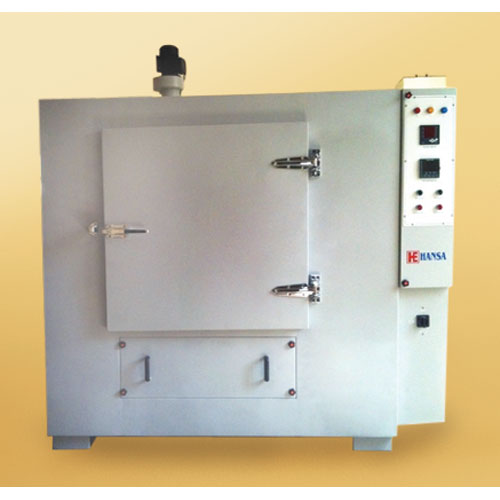
High Quality Industrial Ovens
Hansa Enterprises offers a wide range of high quality industrial ovens. Read more
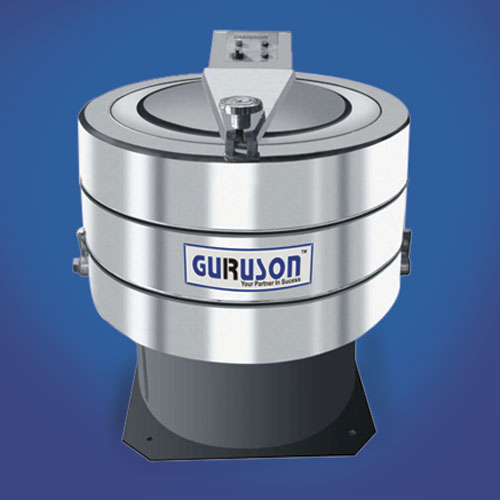
Hydro Extractor
Guruson International offers a wide range of cone hydro extractor. Read more








